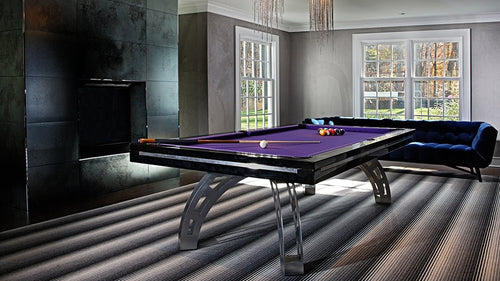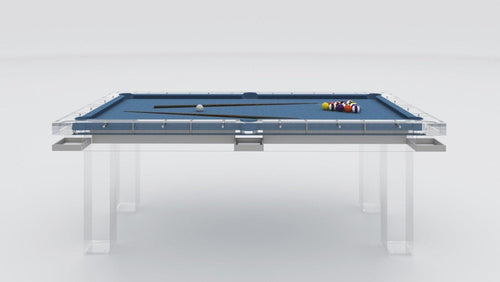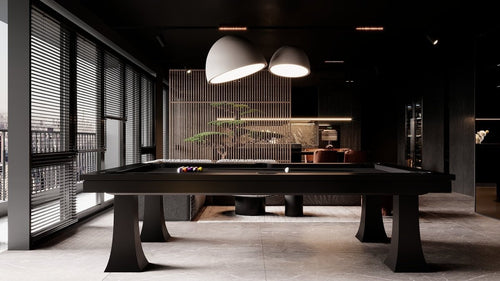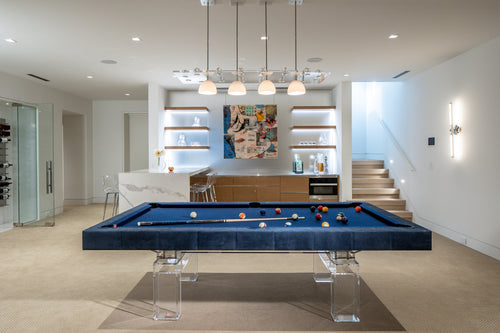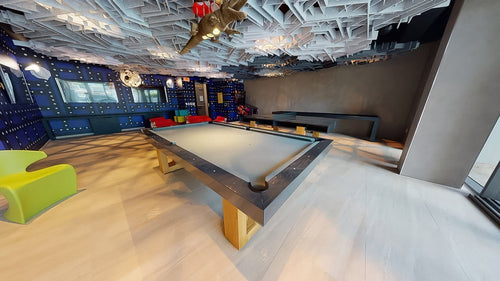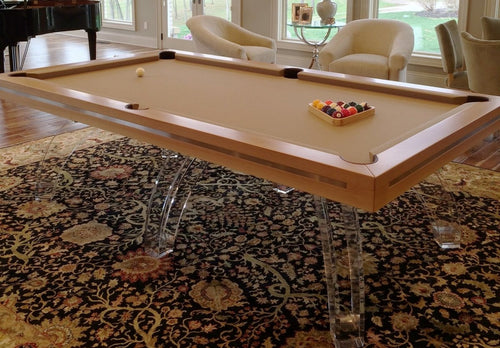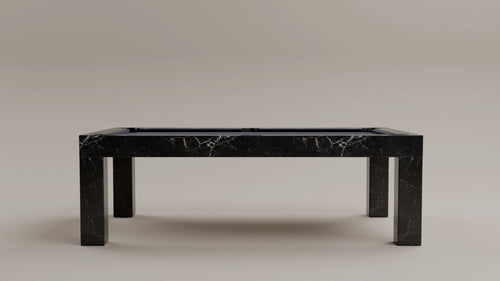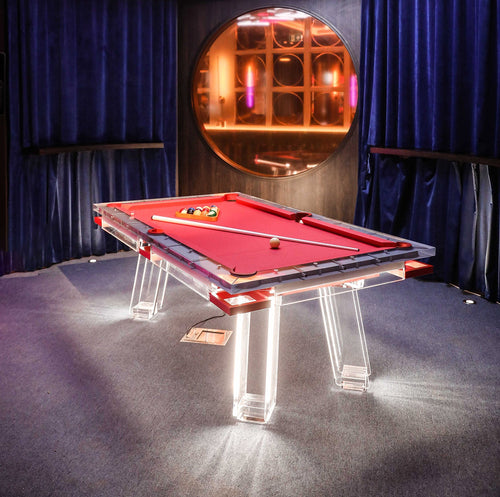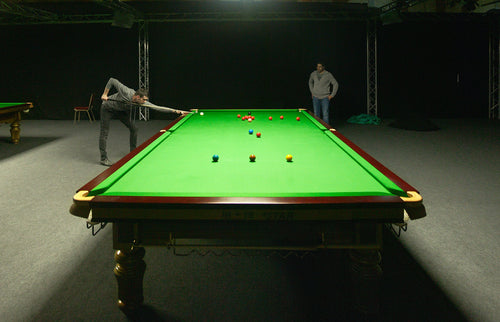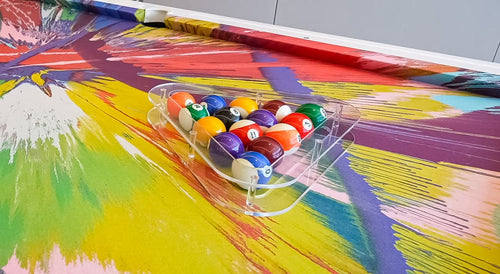Enjoy our modern designs
Estimated Read Time: 5 mins |
A Profession Reinvented
Interior design has rapidly evolved from a craft guided by talented amateurs into a highly technical discipline where aesthetics and engineering converge. By 2025, global spending on interior design services is projected to reach $88 billion, a 7.5% rise from 2024. The interior design software sector alone, valued at $5.4 billion, is forecasted to grow at a 10% CAGR through 2030 (Cretekala, Grand View Research).
Systems Integration as a Core Skill
Today’s interior designers seamlessly embed sophisticated technology stacks—including HVAC systems, low-voltage power solutions, fiber optics, and IoT sensors—into aesthetically pleasing environments. Collaboration with mechanical, electrical, and IT consultants is integral from the project's inception. Utilizing building automation dashboards, designers expertly balance comfort, sustainability, and visual appeal.
By 2030, smart-home technology, once exclusive to luxury markets, is expected to become commonplace, driven by decreasing hardware costs and advancements in AI-powered control hubs.
Borderless Collaboration & Cloud Workflows
Thanks to high-speed internet and cloud-based BIM/CAD platforms, multidisciplinary design teams operate efficiently across the globe. A completed Revit model from São Paulo can reach fabrication workshops in Milan within minutes, enabling components to be CNC-cut with precision tolerances of 0.5 mm. This digital pipeline dramatically reduces on-site coordination time and streamlines project delivery.
Ideation Loop: Sketch → CAD → VR
- Concept Sketching: Rapid exploration of layout, mood, and spatial flow.
- CAD/BIM Detailing: Precise dimensions, clash detection, and integration with consultant plans.
- VR/AR Reviews: Immersive walkthroughs to evaluate scale, sightlines, and lighting before construction begins.
Immersive Storytelling for Clients
Design presentations have evolved from static mood boards to dynamic, interactive experiences such as cinematic fly-throughs and real-time material changes. Biometric-adaptive interfaces—spaces that dynamically adjust lighting or finishes in response to client interaction—will enter mainstream design processes by 2025 (Forbes).
Instant Research & Sustainable Sourcing
Designers now leverage virtual trade fairs and AI-driven specification engines to instantly identify sustainable materials, such as low‑VOC paints and cradle-to-cradle textiles. Cloud-based product libraries enriched with embodied-carbon data facilitate rapid, informed selections, crucial for complying with tightening ESG mandates.
Designing the Tech-Ready Home
Today’s interiors are meticulously designed to accommodate evolving technologies. Home theaters feature acoustically isolated rooms, blackout treatments, and active ventilation systems. Kitchens integrate wireless charging stations discreetly within islands, while wardrobe doors transform into OLED display panels. Dedicated “tech closets” and flexible conduits future-proof homes against rapid advancements (HAR.com).
What’s Next: AI, Generative Design & Smart Materials
The future points toward deeper integration of AI-driven assistants, optimizing everything from furniture layouts and daylight simulations to safety-code compliance. Generative algorithms will rapidly produce design iterations ranked by sustainability and cost efficiency. Emerging smart materials featuring embedded micro-LEDs promise adaptive walls that change opacity, color, or even become dynamic displays.
Key Takeaways
- Technical literacy is essential: Designers must master technical schematics alongside creative mood boards.
- Balance digital and analog: Fluid creativity through sketching complemented by rigorous digital detailing.
- Immersive technology drives engagement: VR, AR, and real-time adjustments are expected standard tools.
- Sustainability is foundational: Decisions guided by environmental impact metrics as much as aesthetics.



